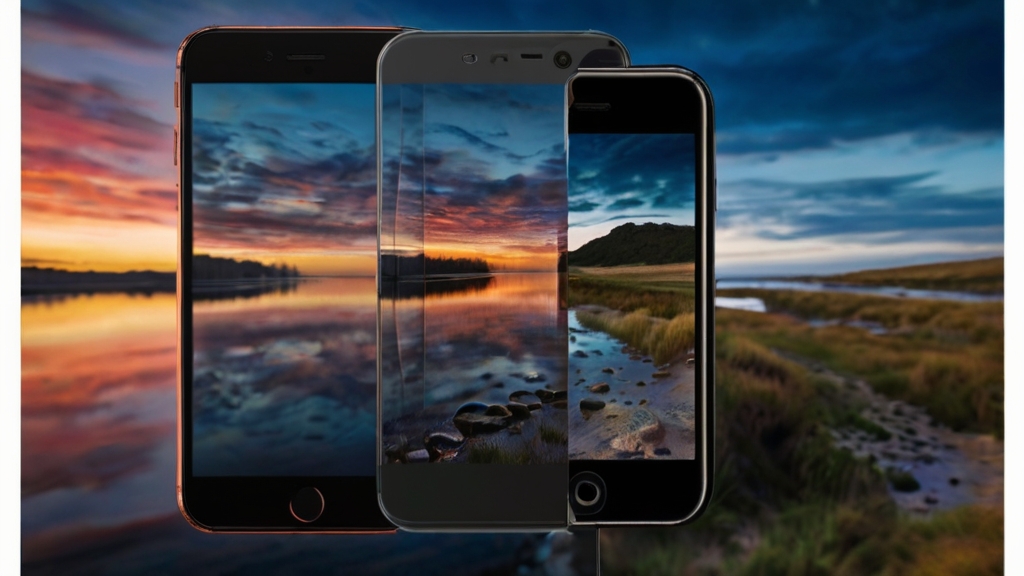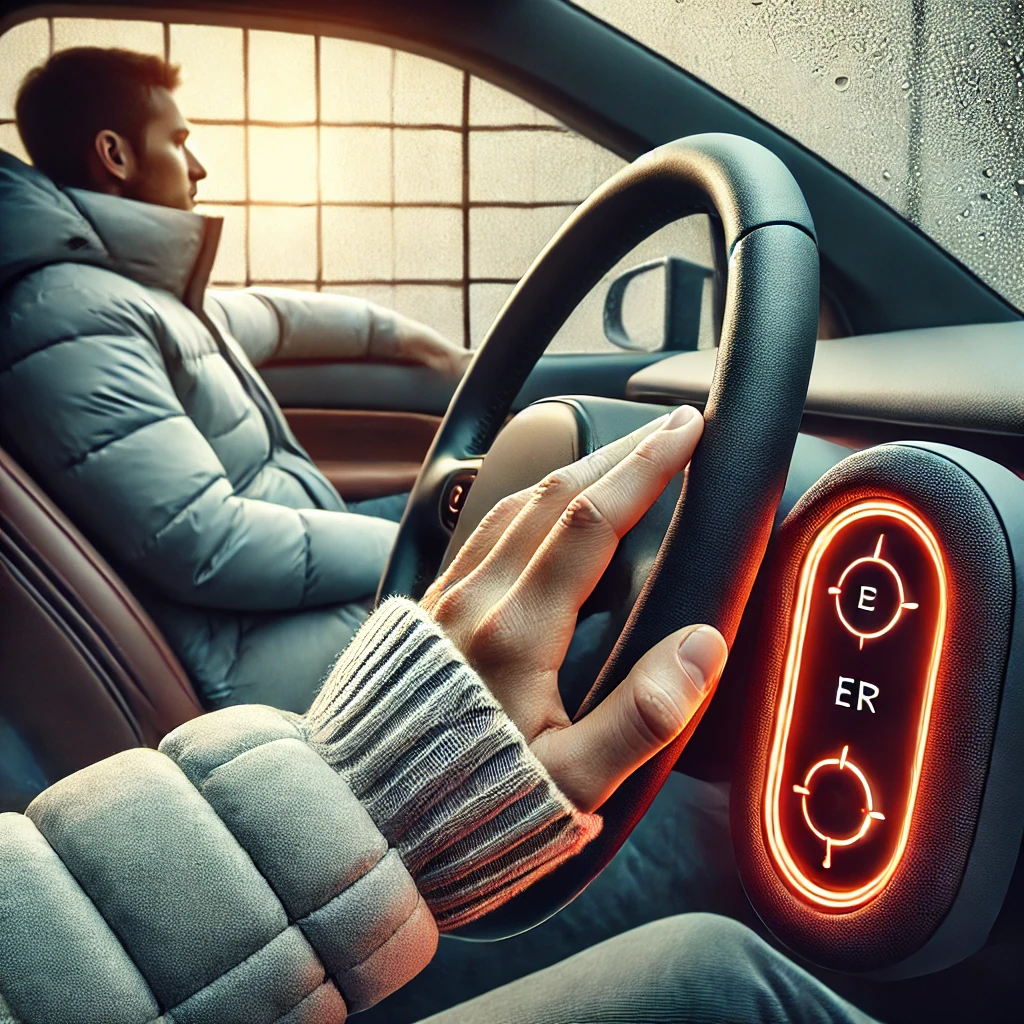In the world of digital imaging, pixel size plays a crucial role in determining the quality of the images we capture. Whether you’re using a smartphone, camera, or any other device with a digital sensor, understanding the impact of pixel size can help you make more informed decisions. This comprehensive guide explores the pros and cons of large pixel sizes, helping consumers navigate the complex landscape of digital imaging technology.
Table of Contents

The Pros and Cons of Large Pixel Sizes
Understanding Pixel Size
Pixel size refers to the dimensions of individual pixels on a sensor, typically measured in micrometers (µm). Larger pixels can capture more light, which directly influences image quality, especially in challenging lighting conditions. The relationship between pixel size and image quality is foundational to understanding the benefits and drawbacks of various sensor designs.
Advantages of Large Pixel Sizes
Improved Low-Light Performance
One of the most significant advantages of large pixel sizes is their ability to perform well in low-light conditions. Larger pixels can gather more light, reducing noise and enhancing the clarity of images captured in dim environments. This makes them ideal for night photography and indoor settings where lighting may be insufficient.
Enhanced Dynamic Range
Dynamic range refers to the sensor’s ability to capture both the darkest and brightest parts of an image. Large pixels contribute to a higher dynamic range, allowing for more detail in shadows and highlights. This results in images with better contrast and a more natural look, especially in high-contrast scenes.
Better Color Accuracy
With more light being captured by each pixel, sensors with large pixels can achieve better color accuracy. This means more vibrant and true-to-life colors in your photos and videos. For consumers who value color fidelity, large pixel sizes can make a noticeable difference.
Disadvantages of Large Pixel Sizes
Increased File Sizes
A downside of large pixel sizes is that they often result in larger file sizes. Higher-quality images with more detail and better dynamic range take up more storage space, which can be a concern for devices with limited storage capacity.
Potential for Decreased Resolution
While large pixels improve certain aspects of image quality, they can also lead to a decrease in resolution. This is because fewer large pixels fit on a sensor compared to smaller ones. For consumers who prioritize high-resolution images, this trade-off must be considered.
Higher Cost of Sensors
Producing sensors with large pixels is typically more expensive, which can increase the overall cost of the device. High-end cameras and smartphones with large pixel sensors often come with a premium price tag, reflecting the advanced technology used.
Large Pixel Sizes in Smartphones
Impact on Smartphone Photography
In the realm of smartphone photography, large pixel sizes have become a key selling point. They enable better low-light performance and dynamic range, making smartphones more capable of capturing high-quality images in various conditions.
Popular Smartphones with Large Pixel Sensors
Some popular smartphones that feature large pixel sensors include the Google Pixel series, known for its exceptional camera performance, and the Samsung Galaxy S series, which combines large pixels with advanced software algorithms to enhance image quality.
Large Pixel Sizes in Cameras
DSLRs and Mirrorless Cameras
Professional photographers often prefer DSLRs and mirrorless cameras with large pixel sensors for their superior image quality. These cameras excel in low-light conditions and offer greater flexibility in post-processing due to their enhanced dynamic range.
Benefits for Professional Photography
For professionals, the advantages of large pixel sizes are clear: better performance in diverse lighting conditions, more detailed and vibrant images, and the ability to produce high-quality prints. These benefits justify the higher cost and larger file sizes associated with such cameras.
Large Pixel Sizes in Other Devices
Tablets and Laptops
Large pixel sizes aren’t just beneficial for cameras and smartphones; they also enhance the display quality of tablets and laptops. Devices with larger pixel displays offer sharper images and better color accuracy, improving the overall user experience.
Impact on Screen Quality and Performance
High-resolution screens with large pixels provide more detailed visuals, making them ideal for creative professionals and media consumers. Whether you’re editing photos, watching movies, or playing games, larger pixels contribute to a more immersive and enjoyable experience.
Technical Aspects of Pixel Size
Sensor Design and Pixel Pitch
The design of the sensor and the spacing between pixels, known as pixel pitch, are crucial factors in determining image quality. Larger pixel pitch often means better light sensitivity and less noise, contributing to the overall advantages of large pixel sizes.
Role of Sensor Technology in Pixel Size
Advancements in sensor technology continue to improve the performance of large pixel sensors. Innovations such as back-illuminated sensors and advanced noise reduction algorithms help maximize the benefits of larger pixels.
Pixel Size vs. Megapixels
Common Misconceptions
A common misconception is that more megapixels always mean better image quality. However, pixel size plays an equally important role. Large pixels can produce superior images even with a lower megapixel count, especially in challenging lighting conditions.
Balancing Pixel Size and Resolution
Finding the right balance between pixel size and resolution is key. Consumers need to consider their specific needs—whether they value high resolution for detailed prints or large pixels for better low-light performance and dynamic range.
Consumer Considerations
Evaluating Your Needs
When choosing a device, consider what aspects of image quality are most important to you. Do you frequently shoot in low light? Do you need high-resolution images for printing? Understanding your priorities will help you make the best choice.
How to Choose Based on Usage
For general use, smartphones with large pixel sensors offer a great balance of performance and convenience. For professional use, investing in a camera with large pixels may be worthwhile. Evaluate your usage patterns and choose accordingly.
Future Trends in Pixel Technology
Innovations in Sensor Technology
The future of pixel technology is promising, with ongoing innovations aimed at improving both resolution and pixel size. Developments like quantum dot sensors and enhanced AI-driven processing will continue to push the boundaries of what’s possible.
Predictions for Future Consumer Devices
As technology advances, consumers can expect more devices that offer the benefits of large pixels without the drawbacks of increased file sizes or decreased resolution. Future devices will likely feature sensors that balance high resolution with large pixel performance.
Comparative Analysis
Large vs. Small Pixel Sizes in Various Scenarios
Comparing large and small pixel sizes across different scenarios helps illustrate their respective advantages. Large pixels excel in low-light and high-contrast situations, while small pixels are better suited for applications requiring high resolution.
Real-World Examples and Case Studies
Case studies from professional photographers and tech enthusiasts highlight how large pixel sizes can enhance image quality in practical applications. These real-world examples provide valuable insights into the benefits of larger pixels.
Expert Opinions
Insights from Photographers and Tech Experts
Experts in the field often favor large pixel sizes for their ability to deliver superior image quality in various conditions. Their insights can guide consumers in making informed decisions based on professional experiences.
User Reviews and Experiences
User reviews also play a crucial role in understanding the real-world performance of devices with large pixel sensors. Feedback from everyday users can provide practical perspectives on the advantages and disadvantages of large pixel sizes.
Practical Tips for Consumers
Maximizing the Benefits of Large Pixel Sizes
To get the most out of large pixel sizes, consider techniques like shooting in RAW format, using manual settings, and employing post-processing tools to enhance your images further.
Tips for Low-Light Photography
For better low-light photography, use a tripod to stabilize your camera, increase the ISO sensitivity judiciously, and experiment with different exposure settings to achieve the best results.
Common Questions and Answers
Do Larger Pixels Mean Better Image Quality?
Larger pixels often mean better image quality, especially in low-light conditions, due to their ability to capture more light and reduce noise.
Are Large Pixel Sensors Worth the Extra Cost?
For consumers who prioritize image quality and low-light performance, the extra cost of large pixel sensors is generally worth it.
How Do Large Pixels Affect Battery Life in Smartphones?
While larger pixels can increase the processing demands, advancements in technology help mitigate the impact on battery life, making it a minor concern for most users.
Can Large Pixel Sizes Compensate for Lower Megapixel Counts?
Yes, large pixel sizes can compensate for lower megapixel counts by providing better low-light performance and dynamic range, often resulting in overall better image quality.
What Should Consumers Prioritize: Pixel Size or Megapixel Count?
Consumers should prioritize pixel size if they value low-light performance and dynamic range. For those needing high-resolution images, a balance of both pixel size and megapixel count is ideal.
Conclusion
In conclusion, understanding the pros and cons of large pixel sizes helps consumers make informed decisions about their digital imaging needs. While large pixels offer significant advantages in low-light performance, dynamic range, and color accuracy, they also come with trade-offs like increased file sizes and higher costs. By evaluating their specific needs and usage patterns, consumers can choose devices that best meet their requirements and enjoy superior image quality.
FAQs
- Do Larger Pixels Mean Better Image Quality?
- Generally, larger pixels result in better image quality, especially in low-light conditions.
- Are Large Pixel Sensors Worth the Extra Cost?
- For those who prioritize superior image quality and low-light performance, the extra cost is often justified.
- How Do Large Pixels Affect Battery Life in Smartphones?
- Larger pixels may increase processing demands slightly, but modern advancements help mitigate significant impacts on battery life.
- Can Large Pixel Sizes Compensate for Lower Megapixel Counts?
- Yes, large pixels can enhance overall image quality, compensating for lower megapixel counts by providing better low-light performance and dynamic range.
- What Should Consumers Prioritize: Pixel Size or Megapixel Count?
- Prioritize pixel size for better low-light performance and dynamic range, and balance it with megapixel count for high-resolution needs.



